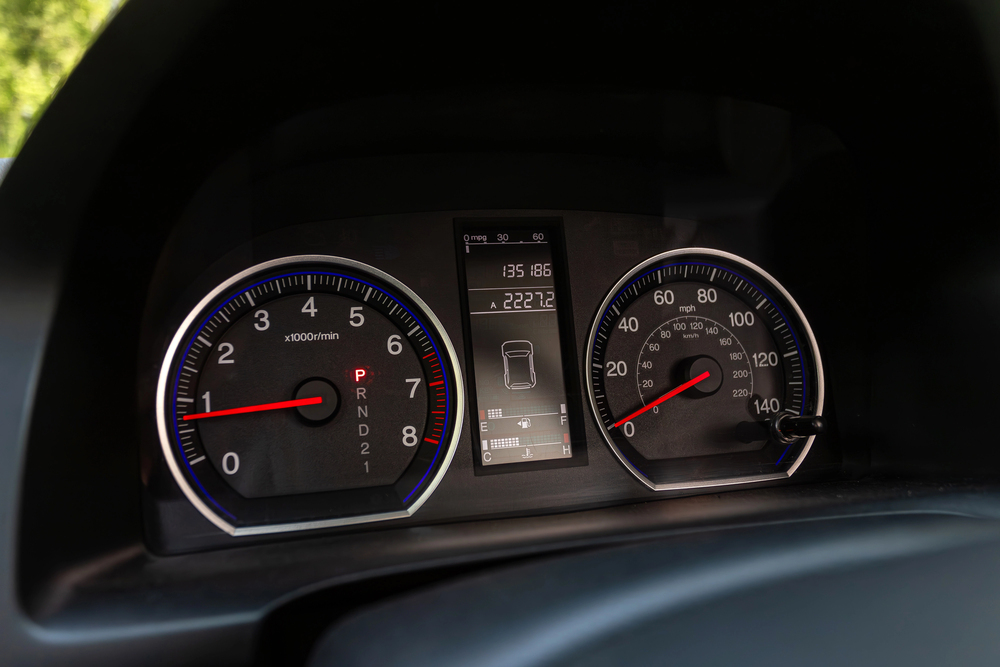Beware of Odometer Fraud: How to Verify a Car's True Mileage
Artak Sahakyan
Created by: Aug 18, 2025
|
Modified by: Nov 07, 2025

When you are buying a used car, that number on the dashboard – the odometer reading – is not just a random number. It’s like the diary of the car’s life. It tells you, more or less, how far the car has gone and how much it has been used. And, of course, it’s one of the big things that decides how much money you will pay for it. But here’s the problem – sometimes this number is not the truth. The National Highway Traffic Safety Administration says that every year in the U.S., more than 450,000 cars are sold with rolled-back or false odometer readings, leading to over $1 billion in losses for buyers.
Odometer fraud, also called “odometer rollback,” is when someone changes the mileage to make the car look newer or less used than it really is. It sounds simple, but it can cost you thousands in the long run. A car that looks like it’s done 40,000 miles might have really done 90,000. And you, the buyer, end up paying more and doing repairs much sooner than expected.
Why people still do it
The reason is easy – a car with low mileage sells faster and for more money. Some private sellers do it just to make extra profit. Some shady dealers do it to move slow-selling cars. In some cases, people change mileage to avoid extra charges in lease contracts. Whatever the reason, it’s the buyer who pays the price later.
How mileage is altered
In older cars with mechanical odometers, it could be as easy as rolling the numbers back with a small tool. There are even cases where people used nothing more than a screwdriver. In newer cars, it’s digital – but still not impossible. A small device connected to the car’s computer or even special software can change the number.
Sometimes, fraudsters swap the entire dashboard with one from another car that has lower mileage. And to hide the trick, they might replace pedals, seat covers or steering wheels so they “look” right for the fake mileage.
Warning signs the mileage is fake
When checking a used car, never just trust the number on the screen. Consider the following:
- Condition vs. mileage – If the car shows 30,000 miles but the seats are worn, the steering wheel is shiny and the pedals are smooth, something’s off.
- Service history – Compare the mileage in service records with the current reading. Any sudden drops, missing records, or big gaps? It’s a red flag.
Other hints can be unusual dashboard marks, mismatched tires, or new brakes on a “low mileage” vehicle. And yes, sometimes the mileage is too low for the car’s age. A 7-year-old car with 20,000 miles? Possible, but you better see solid proof.
How to verify a car’s true mileage
Here’s a simple approach:
- Get a VIN history report – This is step one. It often shows past mileage from inspections, registrations, or title records.
- Check the papers – The title, inspection certificates, and service records must match the mileage. Even small differences need explanation.
- Use your eyes – Look at the pedals, tires, seats, and steering wheel. They tell a story that numbers sometimes don’t.
- Ask a mechanic – A good mechanic can read the mileage stored in the ECU (the car’s computer). It’s harder to fake and often reveals the truth.
- Run an online check using a website such as CarValid.com - it’s quick, it compares VIN data with official records, and yes, it has saved me from buying a “rolled back” car more than once. It also searches and matches VIN data with historical mileage records and can indicate any signs of inconsistency in mileage reporting throughout the life of the vehicle.
Why this matters more today
Some people think odometer fraud is “an old problem” from the time of mechanical odometers. But digital odometers made it even easier in some ways. With small tools sold online, dishonest sellers can change the mileage in minutes. That’s why doing a proper vehicle odometer check is not an optional step; it’s a necessity.
If you are able to spot a vehicle with odometer rollback, you can save yourself not only money but also time and stress dealing with the consequent issues. Imagine buying a car thinking it has plenty of life left, only to discover it needs a new timing belt, suspension work, or even a full engine rebuilds because it’s done double the miles you thought.
A few minutes of research and a proper check can make the difference between driving home a reliable car or driving straight into expensive trouble.





